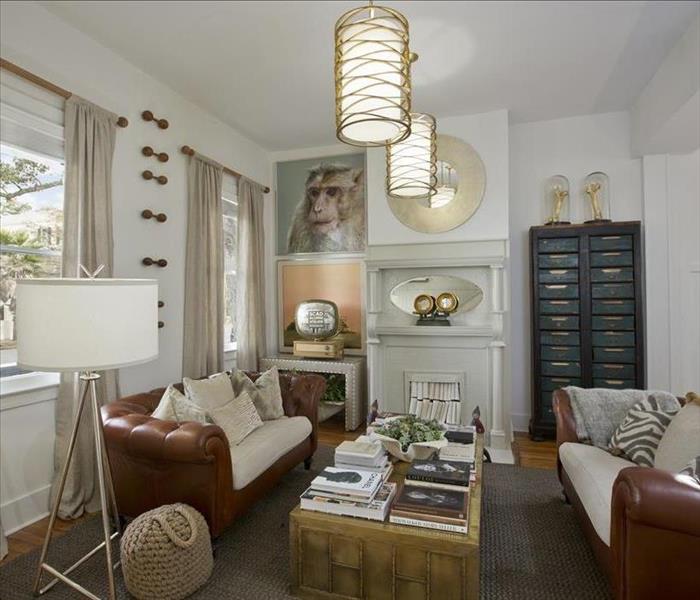2 Most Important Things to Know in Home Design
3/21/2017 (Permalink)
Do you find yourself trying to talk homeowners out of a bad design decision while watching HGTV, daydreaming about how you would update the dilapidated house down the street, or enjoying your weekend DIY design projects so much that you've toyed with the idea of doing it full time as an interior decorator? Before you quit your day job, it's prudent to learn what going pro entails.
Paula Wallace, president and founder of Savannah College of Art and Design (SCAD), can vouch that it's not all dramatic makeovers and reality TV shows. We asked Paula to tell us what a degree in interior design entails, and since SCAD's program is consistently ranked among the best in the nation, interior design studies are close to her heart.
Paula divulged the two most important lessons every new SCAD interior design student learns ahead.
1. A Solid Design Foundation
You may have a knack for pairing colors or knowing the best spot to place a sofa, but to be a professional you need to know a lot more than that. At SCAD, all students must start in the School of Foundation Studies. "They master concepts in color theory, drawing, and two- and three-dimensional design to prepare for their majors. Students learn to balance the visual planes of a space and thoughtfully consider other sensory elements, such as lighting," explains Paula. She says foundational training is essential to being able to create expressions of color, texture, and pattern later on. It's ultimately what makes SCAD students' designs, "resonant and visually rich."
02. Professional Communication
It would be nice if becoming an interior designer meant that you got to customize every space according to your own fabulous taste, but going pro means that you are at the service of clients. And an interior designer who doesn't satisfy their client's needs and match their aesthetic won't last long. "Our students learn more than the principles of design; they learn how to fulfill a client's vision to create solutions and convey concepts as well as details for a space," Paula explains. "Effective and empathic communication skills are vital. Fortunately, SCAD students are awash in the study and practice of presenting and articulating design decisions. Their [class]work includes presenting to clients for real projects."




 24/7 Emergency Service
24/7 Emergency Service
